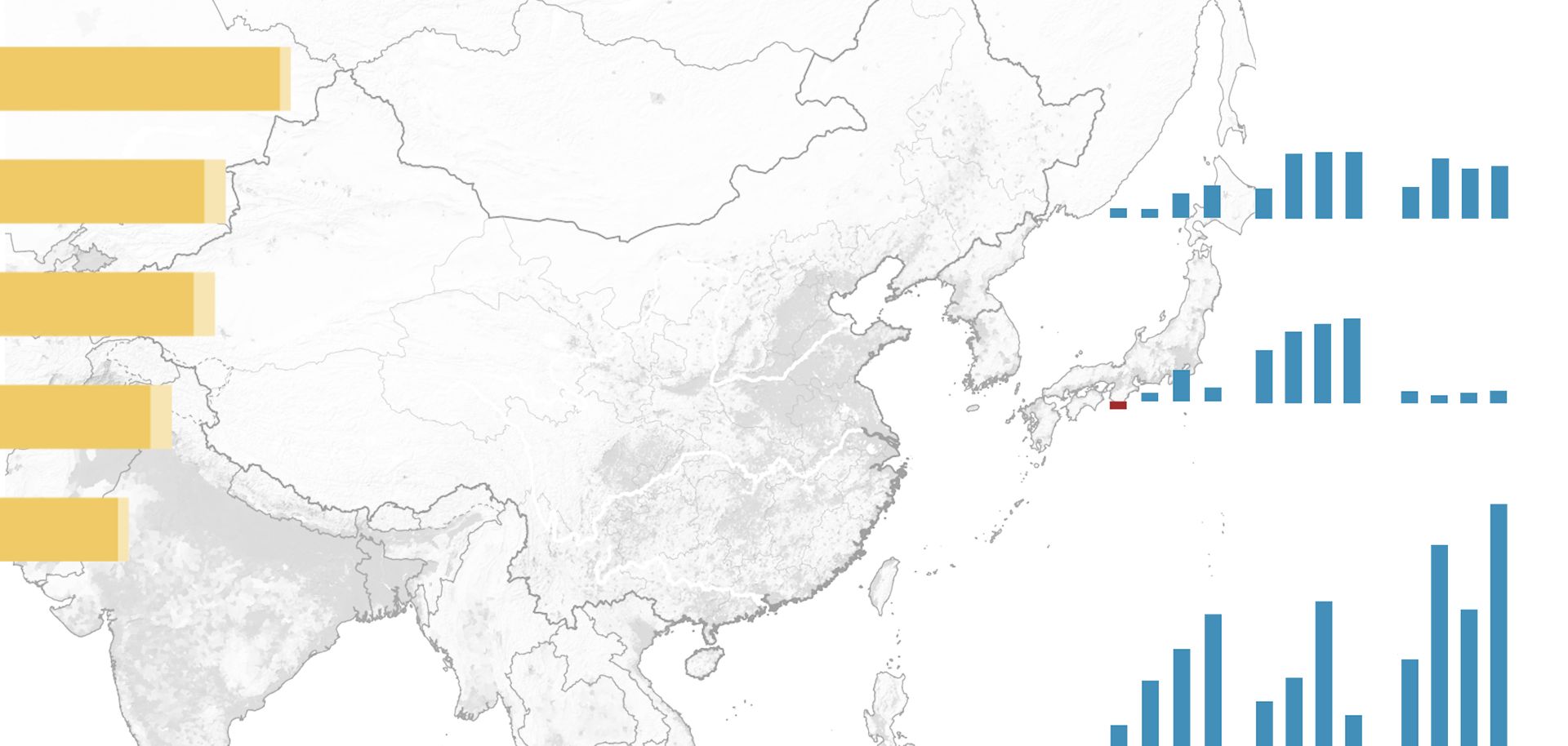
While the exact number of refugees and asylum-seekers in the European Union is impossible to know, the United Nations estimates that there are approximately 1.7 million registered refugees living within the bloc. The real number is likely to be much higher because many people who do not receive official refugee status remain outside the statistics. Refugees and asylum-seekers are different from economic migrants, or migrant workers, whose primary reason for emigration is the desire to find work or improve their economic situation.
People escaping military and political conflicts in the Middle East and northern Africa are converging on the bloc's external borders, with Africans heading to Italy and Malta, Syrians and Iraqis to Greece and Bulgaria, and Russians (mostly Chechens) for Poland.
According to Eurostat, the number of asylum applications in the European Union nearly doubled from 2008 to 2013. In absolute terms, wealthy economies such as Germany, France and Sweden still receive the most applicants. But in relative terms, the story is quite different. From 2012 to 2013, asylum applications grew by 384 percent in Bulgaria and by just 46 percent in Germany. Despite recent complaints by Athens and Madrid, applications in Greece and Spain remained mostly stable. Finally, asylum applications could also be measured relative to the population. This would put Sweden in the lead by far. The country saw 5,680 applications per million inhabitants in the final quarter of 2013, versus 1,575 in Germany and 985 in France.
In absolute terms, the number of asylum-seekers immigrating to EU member countries is not nearly as significant as the number of economic immigrants entering the countries each year. For example, Germany received roughly 127,000 formal asylum applications in 2013 compared to 1.2 million economic immigrants. In fact, in 2013 Germany received almost as many workers from Poland alone as it did asylum-seekers in total.



